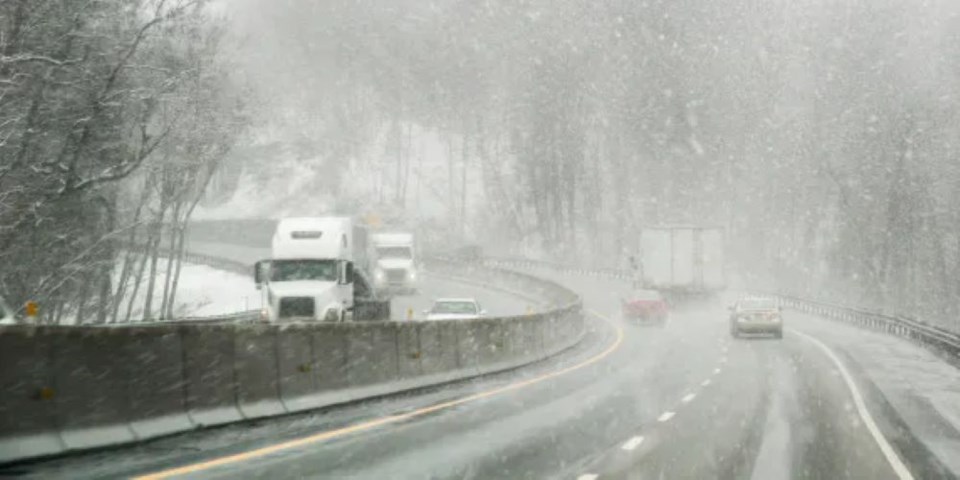In Northern BC, 90 percent of survey respondents said they have prepared their vehicle for winter condition by installing winter tires.
With the arrival of winter weather, ICBC and police are asking Northern BC drivers to adjust their driving for the conditions they encounter.
In bad weather slow down, increase following distance and allow extra travel time.
Crashes due to drivers going too fast for road conditions increased by 188 per cent in January in Northern BC compared to October, according to research done between 2018 and 2022.
Survey respondents’ top concerns when driving in the winter were encountering icy roads (78 per cent), freezing rain (58 per cent) and decreased visibility (35 per cent).
In addition, respondents were most concerned about these human factors: other drivers who don’t slow down and adjust their driving behaviour (73 per cent), drivers who don’t know how to drive in snow and ice (71 per cent), and inconsiderate or aggressive drivers (46 per cent).
Tips for driving in winter conditions:
Make sure your vehicle is prepared for winter including winter tires for driving in snow and ice. Ensure your headlights and taillights are in good working order and use them whenever visibility is reduced. Pack an emergency kit in case you get stuck or stranded. Clear off any snow that's built up on your vehicle before driving including headlights, wheel wells and external sensors if you have a collision warning system. For tips visit Shift into Winter.
The key to driving in snowy and icy conditions is to drive slow and steady, avoiding any unexpected sudden movements that could cause you to skid or lose control. If you have to drive, accelerate gently, steer and turn slowly and gradually, braking slowly and early. Increase your following distance while travelling behind vehicles and focus on your surroundings so you can be prepared for the unexpected. Anticipate turns, stops and lane changes well in advance. Don't use cruise control on slippery roads.
Be patient and allow extra travel time to get to your destination. Plan your route ahead of time and visit drivebc.ca to check for current road conditions and possible road closures. Don't pass snow plows on the road. These vehicles may be equipped with a wing blade on either of its sides which may not be visible due to the snow it sprays.
Beware of black ice when temperatures near freezing. If you notice ice build-up on your windshield, there's likely black ice on the road. Black ice is commonly found in shaded areas, bridges, overpasses and intersections. Slow down and increase your following distance in these slippery areas. Focus your full attention on the road and use extra caution when approaching intersections. It can be difficult to see pedestrians and other road users when visibility is reduced.
When heavy winter conditions hit, consider alternatives to driving if possible: take public transit, arrange a taxi or ride-hailing service if you’re not comfortable driving, work from home if you're able to or wait until the road crews have cleared the major roads.
The survey conducted with the ICBC insight panel had a total respondents of 1,445. Respondents who prepared their vehicle for winter was 1,187. Data collected from September 29 to October 9, 2023. In B.C., 80 per cent of respondents have prepared their vehicle for winter driving conditions this season by installing winter tires.


